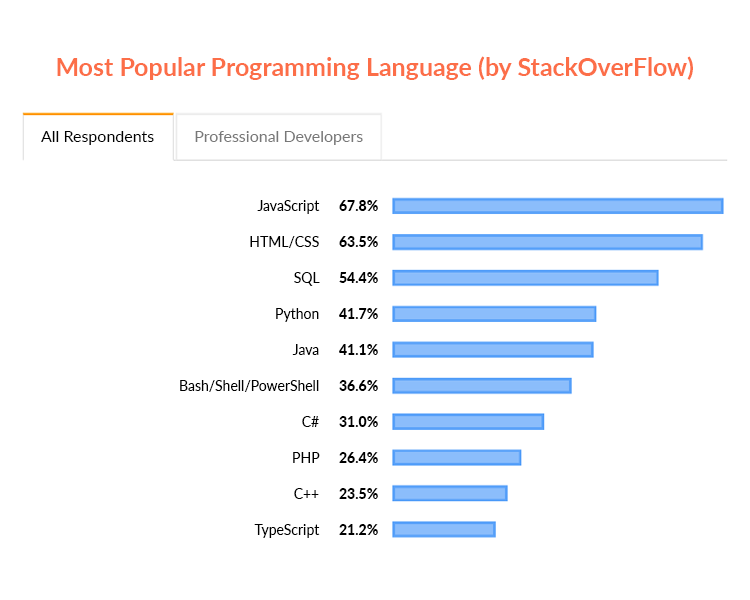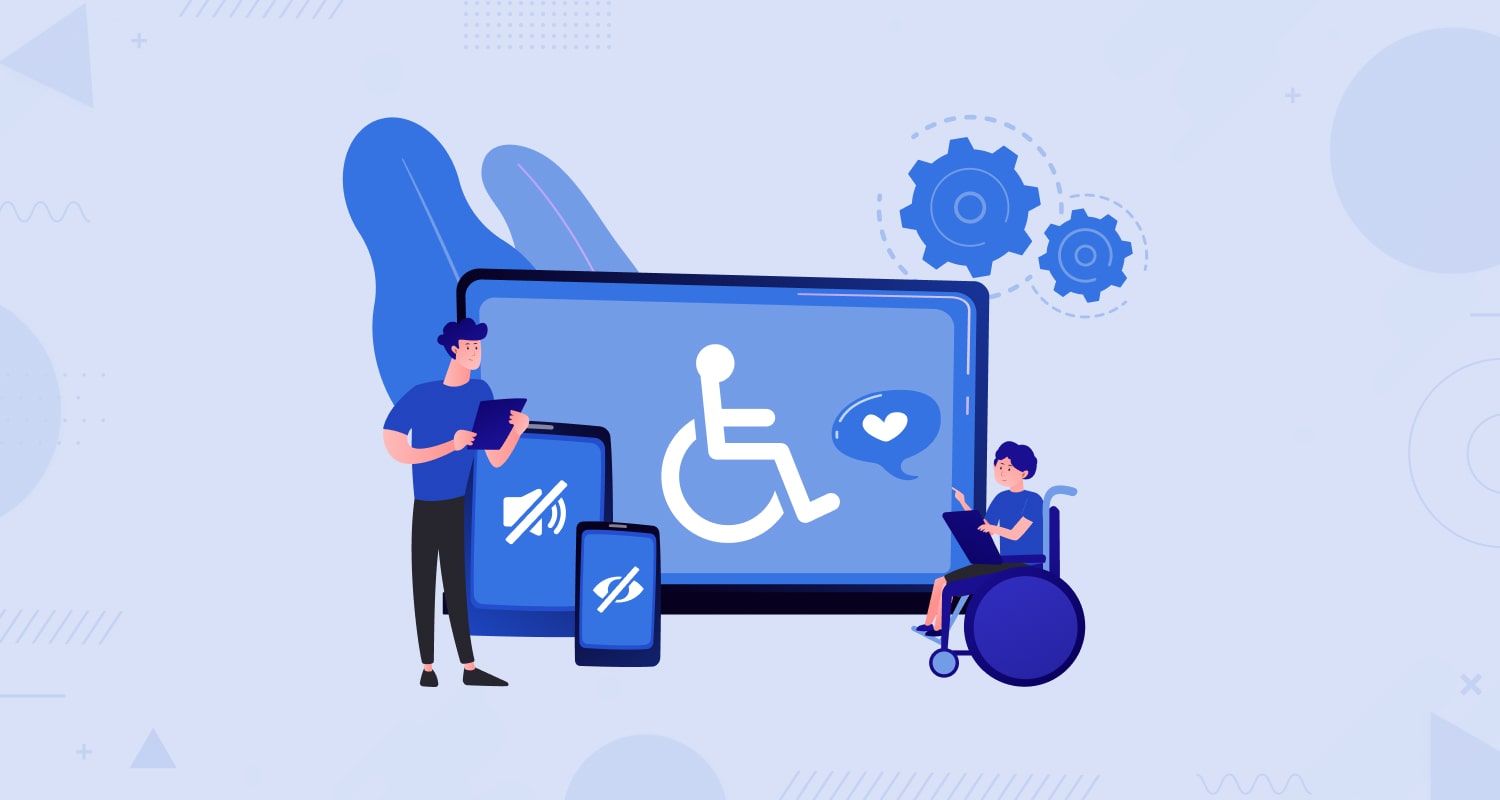The rivalry between Java and Python programming language is already well known to the development community. Though the rivalry may seem to be a little out of place as each one of them is used in different contexts, for an aspiring developer making a choice between these popular and widely acclaimed programming languages can be extremely significant.
As both of these programming languages over a span of nearly two decades continued to grow in popularity and actually became fundamental skills when you look forward to hire dedicated developer. Naturally, they rightly deserve a detailed comparison. But before starting with that, let us introduce these languages with their essential attributes.
Java: Basic Introduction and Key Features
Developed by Sun Microsystems way back in 1995 Java remains to be one of the most influential and era-defining programming languages till date. It is at present used by major global brands like IBM, Google, LinkedIn, Square, Intel, Amazon and many others. Java is now maintained by Oracle. Java supports the WORA (Write Once, Run Anywhere) programming protocol and provides a syntax which is much similar to C and C++. As of now, Java has more than 9 million developers under its fold who actively uses Java in developing websites and software programs.

Let us have a look at the key pros of Java programming language.
- Java is open-source and free language.
- Java is an object-oriented language that supports multithreading programming.
- It offers great features such as genetics, try-with-resources, automatic garbage collection, and a seamless memory management model.
- Starting from the Java SE version 8 (JDK 8), it offers functional programming capabilities such as Lambda Expressions and Functional interfaces.
- Java allows fully platform-independent app development to run the app code across multiple OS and device platforms.
Python: Basic Introduction and Key Features
Python is a programming language that allows dynamic code typing and is used for general purposes development needs. Originally developed in 1990 to simplify programming tasks related to system admin solutions, Python over the years became extended across many other purposes and development needs. At present, it is used by major brands such as Facebook, Dropbox, Quora, Spotify, Instagram, Netflix, and others.
Let’s have a look at the key pros of Python programming language.
- Python is completely open-source and free.
- Python Package Index (PyPI) offering a variety of third-party modules makes it a lot easier for interacting with other programming languages and platforms.
- Python comes with an inbuilt list and dictionary data structure to help developers building runtime data structures at a faster pace.
- It allows dynamic high-level typing along with a wide variety of standard libraries relating to web service tools, UI and protocols of operating systems, etc.
Let us now compare the two programming languages across a variety of development aspects.
Popularity and Market Demand
In spite of the emergence of alternatives such as Kotlin, Java continues to remain popular. Python is experiencing all-time higher popularity among the developers now for a wide variety of development projects. In that respect, both are great career options for aspiring developers.
Information Architecture
There are significant differences between the two in terms of information architecture.
For Java, Java Virtual Machine (JVM) and JRE (Java Run Environment) are used for operating the code. This actually converts the bytecode into machine language that can further be compiled during execution.
With Python, the source code is translated by the interpreter into machine-independent bytecode which is stored in a folder. As and when you run a program this bytecode is translated again.
Ease of Use
In comparison to Java which involves using a lot of boilerplate code, Python uses dynamic programming and this ensures a shorter and easier to use code structure.
Performance and Speed
Java with its Just-In-Time (JIT) compiler can compile the bytecode into machine code in real-time. Because interpretation of the code is not needed, the coding process becomes less time and memory consuming.
With Python, because of the need of interpreting code compilation of the code during runtime gets slower. Because bytecode is kept in file for further translation, Python uses higher memory as well.
This is why in terms of speed and performance, Java slightly stays ahead of Python.
Understandability of the Code
Python offering a much linear and more concise coding format, ensures more readability. Not needing semicolon at every station end and the absence of curly braces make Python code much simpler.
Java follows the traditional coding protocols and requires writing more code. It is less concise and more dispersed in nature.
Agile Environment
For working in an agile development environment, both Java and Python have little differences.
Java is embraced by web and mobile app developers widely because of its refactoring support and availability of the universal IDEs like Eclipse, IntelliJ, and NetBeans.
Python is also used now for agile development needs such as building apps for IoT, AI, Machine Learning, etc.
Database Access
When it comes to access the databases, Java remains slightly ahead of Python. The access layers for databases are weaker in Python. In contrast, the JDBC (Java DataBase Connectivity) of Java is more powerful. This helps Java establishing easier connections with a variety of databases ranging from SQL to NoSQL to SQOOP.
Community Support
Both Java and Python has a robust global community in the background for providing continuous support. Both have thousands of user groups spread across all over the globe.
Career Opportunities
In respect of job and career opportunities, both Java and Python stands very close to each other. Though at present Python developers draw a slight higher average salary, in terms of job opportunities, both programming languages offer ample scopes to the deserving developers.
Conclusion
This rivalry between the Java and Python really showcases the expanding coding world and programming opportunities for the future. In spite of being so different in their core characteristics and development approaches, both of them in their own way have become irreplaceable technology options for a wide spectrum of application and software projects.







